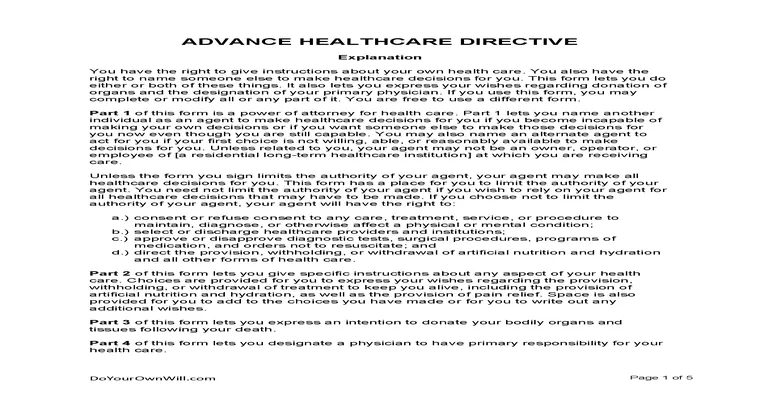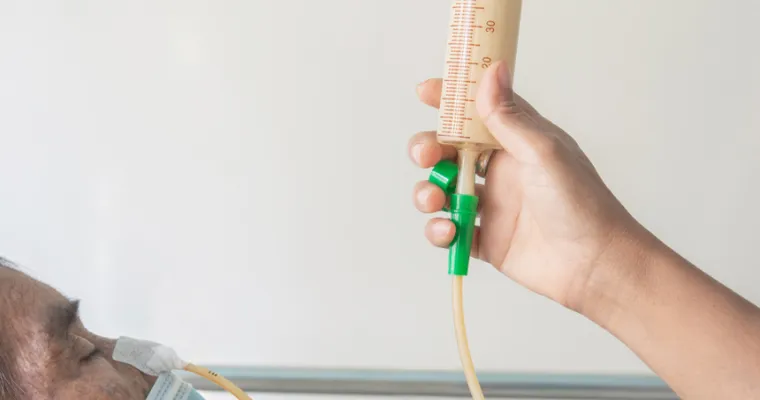In today’s fast-paced world, ensuring that our loved ones are informed about important health care decisions is crucial. One effective way to communicate these wishes is by "emailing advanced medical directives" to kids. This process not only empowers them with knowledge but also encourages open discussions about "health care preferences" and "end-of-life decisions". In this article, we will explore the importance of advanced medical directives, how to properly prepare these documents, and the steps to email them effectively to your children.
Understanding Advanced Medical Directives
An "advanced medical directive" is a legal document that outlines an individual's preferences for medical treatment in the event they become unable to communicate their wishes. It typically includes a "living will" and a "durable power of attorney for health care". This directive serves as a guide for family members and health care providers, ensuring that the individual’s desires are respected.
Why Emailing to Kids Matters
Many parents often overlook the importance of discussing advanced medical directives with their children. However, emailing these documents can facilitate a crucial conversation about health care decisions, making it easier for kids to understand their parents' wishes. Moreover, it helps in:
1. "Promoting Awareness": By sharing advanced medical directives, parents can educate their children about the significance of these documents.
2. "Encouraging Discussions": Emailing these directives prompts conversations about health care, which can enhance family bonding.
3. "Providing Clarity": A clear understanding of a parent's wishes can reduce stress and confusion during emergencies.
Preparing the Advanced Medical Directive
Before emailing the advanced medical directive, it is essential to ensure that the document is properly prepared. Here are some steps to follow:
1. "Consult a Professional": Work with an attorney or a qualified professional to draft the advanced medical directive. This ensures that the document complies with your state’s laws.
2. "Discuss with Family": Talk with your children about the contents of the document and explain your preferences for medical care.
3. "Review and Update": Regularly review and update the directive as needed, especially after significant life changes, such as health status or family dynamics.
Steps to Email the Directive
Once the advanced medical directive is prepared, the next step is to email it to your kids. Here’s how to do it effectively:
1. "Choose the Right Platform": Use a secure email platform to ensure the confidentiality of the document.
2. "Write a Clear Subject Line": Use a straightforward subject line, such as "Important Health Care Document" to grab their attention.
3. "Include a Personal Message": In the body of the email, explain the purpose of the directive and why it is important for them to read it. Encourage them to ask questions.
4. "Attach the Document": Ensure that the advanced medical directive is attached in a commonly used format, like PDF, for compatibility.
5. "Follow Up": After sending the email, follow up with your kids to ensure they received it and understand its contents.
Conclusion
Emailing advanced medical directives to kids is a proactive step in preparing for potential health care decisions. By sharing these important documents, parents can foster understanding and promote family discussions about "health care preferences". Remember, the goal is to make sure your loved ones are informed and prepared for any situation that may arise. By taking this step, you not only protect your wishes but also provide peace of mind for your family.





